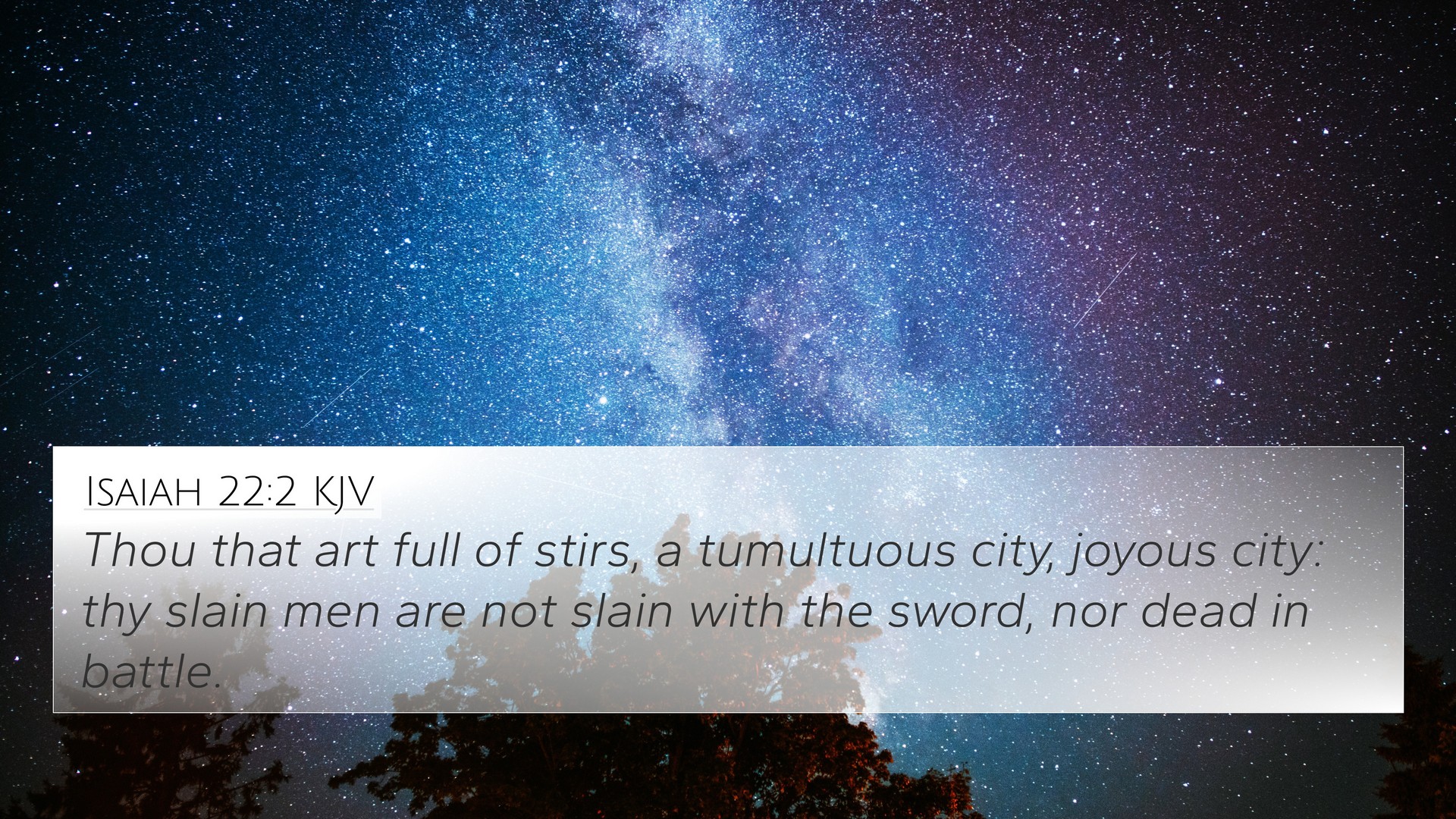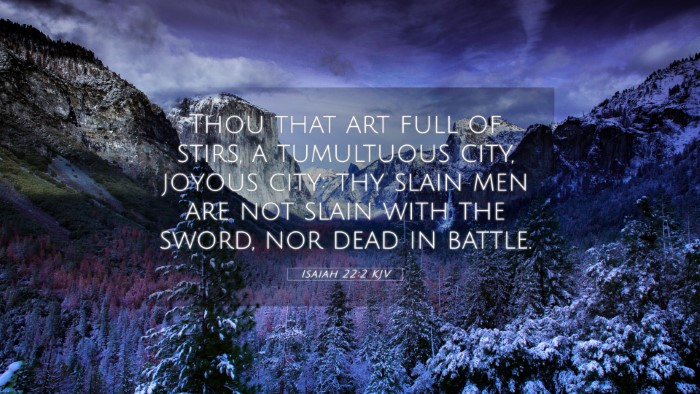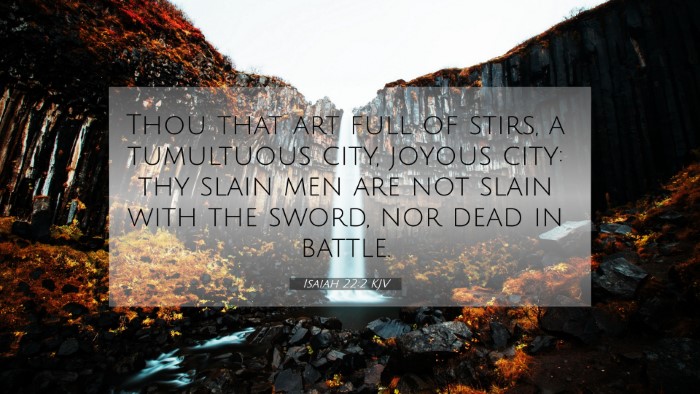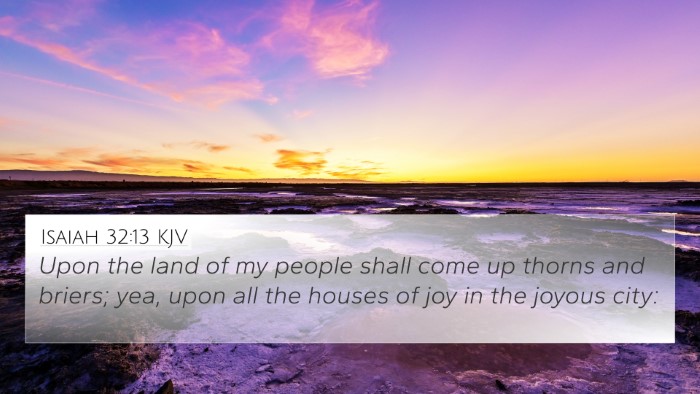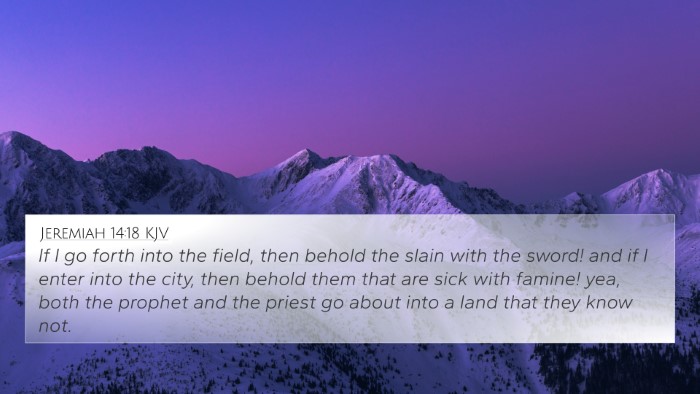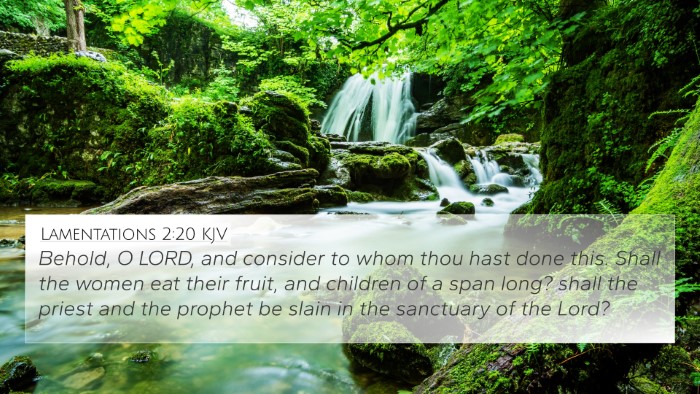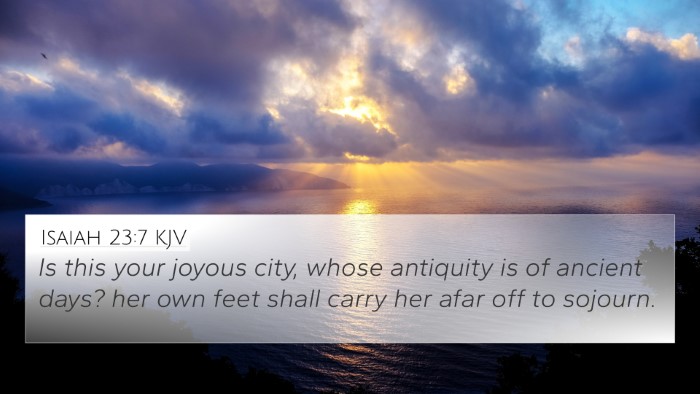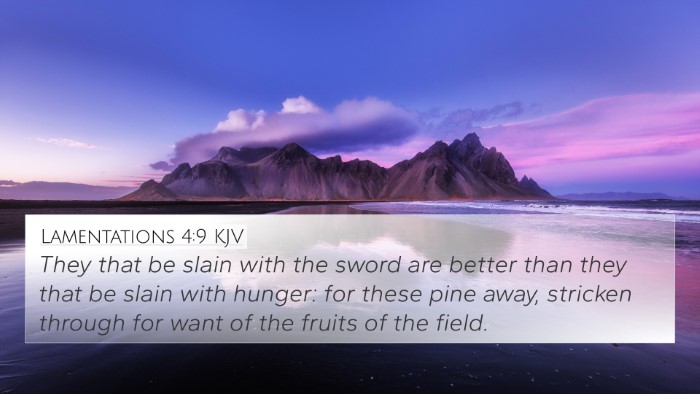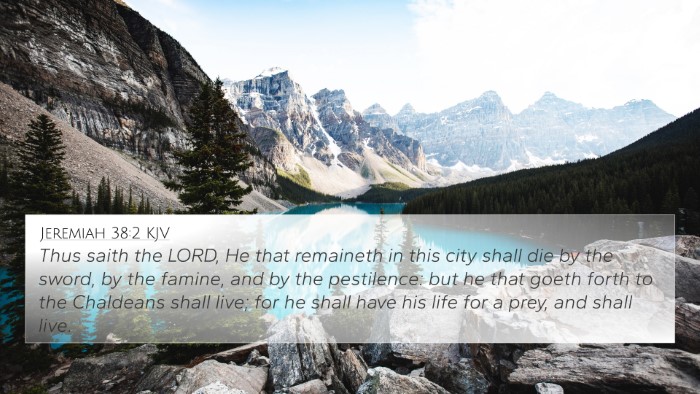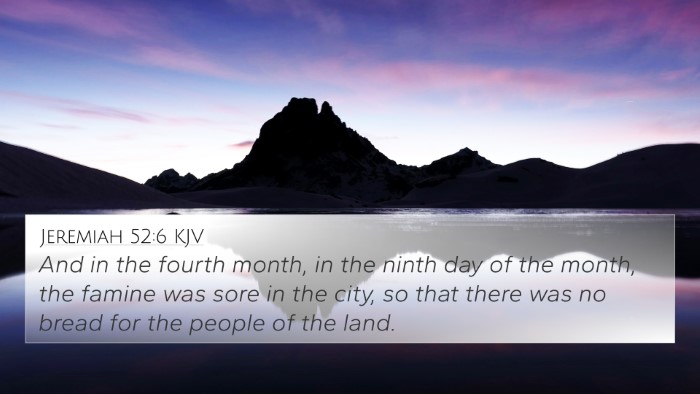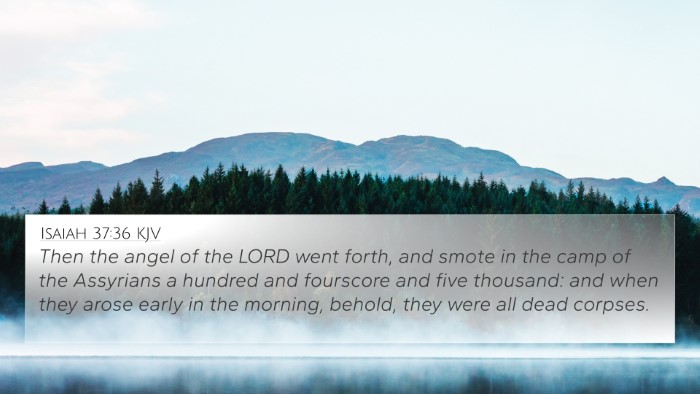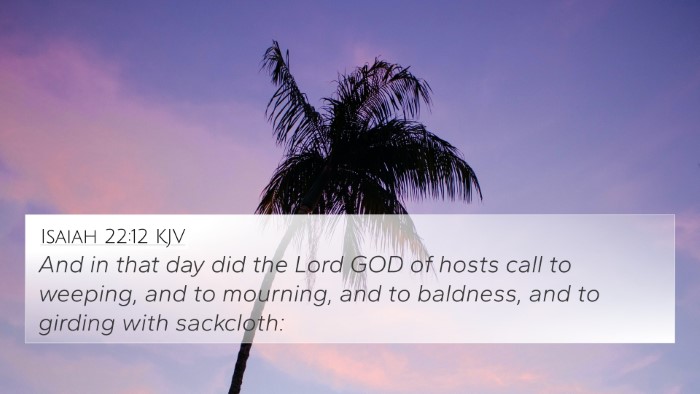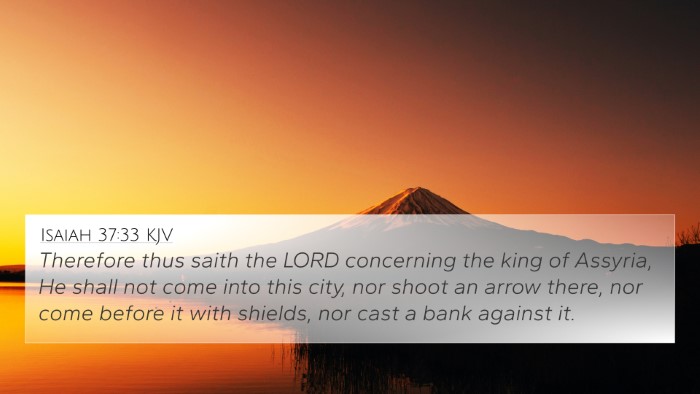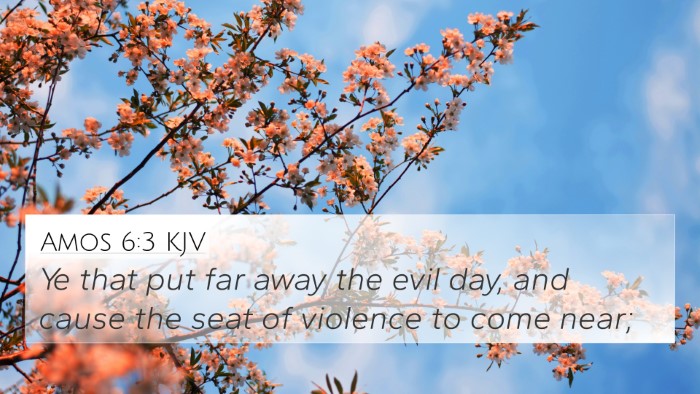Understanding Isaiah 22:2
Isaiah 22:2 reads: "O thou that art full of stirs, a tumultuous city, a joyous city: thy slain men are not slain with the sword, nor dead in battle." This verse addresses the situation of Jerusalem, emphasizing its chaotic state and the sorrow among its people.
Interpretation and Summary
The verse portrays a city filled with confusion and conflict, juxtaposing its former joy with the despair brought upon it. Insights from various public domain commentaries enhance our understanding:
- Matthew Henry: He comments on the city's tumult, highlighting how the inhabitants are distracted by strife despite their previous happiness. The slain are significant not only for their death but for the political and spiritual turmoil affecting the nation.
- Albert Barnes: Barnes explains that the term "slain" reflects more than physical death; it signifies the loss of life’s essence in a spiritually desolate environment. He notes the irony of a city known for joy now enveloped in turmoil.
- Adam Clarke: Clarke points out that this prophecy addresses both immediate events facing Jerusalem and future implications. He emphasizes the difference between death in battle and the fate of the city’s inhabitants—suggesting larger, unresolved conflicts.
Cross-References
To deepen the understanding of Isaiah 22:2, we can explore several relevant Bible verse cross-references:
- Isaiah 1:26: Speaks of Jerusalem's restoration and the return to better days, highlighting themes of hope amidst chaos.
- Isaiah 24:10: Describes the desolation of cities, similar to the uproar mentioned in Isaiah 22:2.
- Jeremiah 51:41: Reflects on the destruction of great cities, paralleling the sentiments of loss in Isaiah's text.
- Lamentations 1:1: Echoes the mourning of Jerusalem, capturing the emotional gravity found in Isaiah 22:2.
- Ezekiel 30:2-3: Addresses the impending doom facing nations, aligning with the sorrowful imagery in Isaiah's prophecy.
- Matthew 23:37: Jesus laments over Jerusalem, resonating with the grief expressed in Isaiah regarding the city's fate.
- Revelation 11:8: Refers to the great city that symbolizes spiritual conflict, which can be linked back to the tumult of Jerusalem.
Thematic Connections
This verse illustrates significant themes prevalent in scripture:
- Divine Judgment: The resonating effect of sin on a nation can be seen throughout both the Old and New Testament.
- The Role of Prophecy: Prophets often warn of consequences, as Isaiah does, which connects with much of the prophetic literature.
- Hope and Restoration: Just as chaos prevails, so does the eventual return to peace and joy—a recurring theme in scripture.
Comparative Analysis
Through comparative Bible verse analysis, one can see how Isaiah 22:2 dialogues with other scriptures:
- Old Testament Verses: Links with Lamentations to highlight the devastation that follows divine displeasure.
- New Testament Connections: Jesus’ lament mirrors the sorrow of Isaiah, providing continuity in the Biblical narrative of Jerusalem.
Exploring Inter-Biblical Dialogue
Examining the connections between these scriptures helps in understanding the prophetic nature and historical context of Isaiah's message:
- Understanding Historical Context: Knowing the events that led to Jerusalem’s turmoil enriches the interpretation of Isaiah's prophecies.
- Identifying Themes Across Testaments: Noting how similar themes emerge across both Testaments enhances the reader's comprehension of God's enduring message.
Tools for Further Study
To dive deeper into these connections, various tools can enhance your Bible study:
- Bible Concordance: Useful for finding specific references and their meanings.
- Bible Cross-Reference Guide: A helpful resource for navigating related scriptures.
- Comprehensive Bible Cross-Reference Materials: Essential for those preparing sermons or studies based on thematically linked messages.
- Cross-Referencing Bible Study Methods: Strategies that aid in systematically exploring the interconnectedness of biblical texts.
Conclusion
Isaiah 22:2 serves as a poignant reminder of the fragilities of human joy and the inevitable consequences of spiritual neglect. By utilizing tools for cross-referencing and thematic explorations, readers can attain a richer understanding of this verse and its broader implications within the scriptures.
